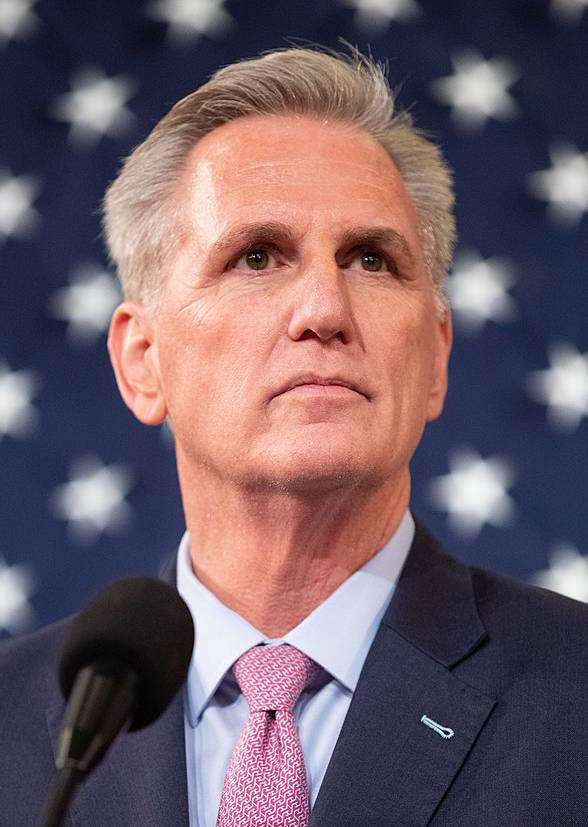This article first appeared in Common Dreams. Read the original here.
As President Joe Biden seemingly prepares to sell his soul to House Speaker Kevin McCarthy, it’s important to take a step back and look at exactly what the terms of the deal with the devil mean—something the ongoing debate in the media has been remarkably bad at. In our view, there are broadly three points that have been neglected in most of the ongoing discourse that need to be reckoned with: what spending caps and modest cuts actually look like, the role of inflation and other outside factors in determining what allocations are needed, and, finally, the perception that McCarthy has the White House backed into a corner.
The framing of spending caps and allegedly minor cuts to existing funding has been grossly misleading. To start, there has not been nearly enough recognition of the fact that agencies across the federal executive have been hollowed out by forty years of disinvestment since the Reagan Revolution. From the Environmental Protection Agency to the Federal Trade Commission to the Federal Aviation Administration, key parts of the government have languished for decades even as their responsibilities have grown.
The programs that will be subject to cuts (non-defense discretionary spending) are the same ones that ensure Americans have drinkable water, protect consumers from fraud, and save lives by ensuring safety standards are in place. Spending caps will make people less safe, more impoverished, and less healthy. (On the upside, if you’re a rapacious and amoral corporate executive, these cuts will allow you to demonstrate creative destruction at its most profitable!)
The focus on limiting spending also eclipses increased revenue generation by putting it into a vacuum where only spending impacts government funding. By setting spending in stone, the only thing left to do with additional revenue is to use it for tax breaks, which always go straight to the top.
Similarly, it’s imperative to recognize that funding levels for fiscal year (FY) 2023 were set without knowing the economic context of future years. Capping the funding for FY 2025 at FY 2023 levels turns a blind eye to the fact that the 2025 budget will be operating in a very different environment. To start, it doesn’t account for inflation, which means that a cap is functionally a cut and a small cut is actually a much larger cut. If Biden agrees to cut, say, the Temporary Assistance for Needy Families budget by 1% and inflation this year is 3%, that’s really a 4% cut. Similarly, both the population and economy are expected to continue to grow, which will saddle a similarly (at best) funded government with more workload that it wasn’t given any money for.
The cherry on top of all of this is the representation of Democrats (and the White House) as being stuck with a losing hand without the agency to really fight House Republicans. This is patently untrue. In reality, there are multipleavenues that could be pursued to unilaterally circumvent McCarthy. There’s the option of minting a trillion dollar platinum coin. Premium bonds are also an option. Besides those, there are also multiple legal arguments for why the most legal option for Biden, in the event we hit the debt limit, is to continue issuing debt anyway. Both the trilemma and 14th Amendment approaches also make the case that adhering to the debt ceiling would require violating the Constitution, the latest omnibus spending package, or other legal obligations held by the government.
BIden himself has expressed interest on the 14th Amendment route, but he and the media seem to be totally preoccupied with the possibility of getting sued over it. That’s odd, given that he is already being sued over the issue. If he simply offers no defense in the case brought by the National Association of Government Employees, the Federal District Court for Massachusetts could issue injunctive relief forcing the President to continue spending even past the debt ceiling.
All of these points are things that should be at least mentioned in nearly all coverage of the debt ceiling. And yet, they are largely absent. The country is careening towards a fiscal policy cliff; refusing to talk about the height of the drop-off and the available off-ramps only keeps us barreling to the edge.
Image credit: “Kevin McCarthy, official portrait, speaker (cropped)” by United States Congress is licensed under CC BY-SA 4.0.

